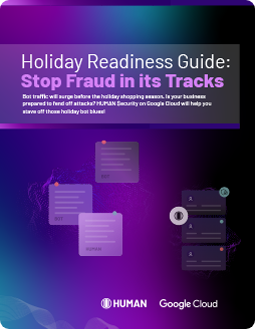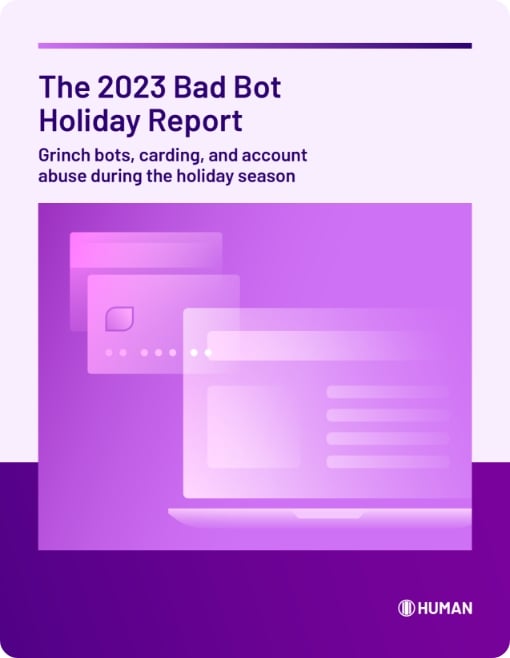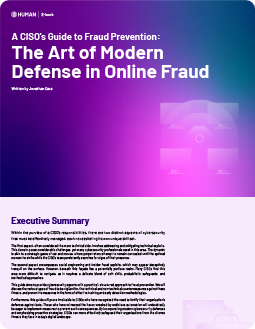This piece is the fourth in a series about threat and fraud models targeting marketing professionals’ advertising budgets and campaigns.
The costs of marketing fraud are real and proven, but this abuse remains invisible and unimpeded for many digital marketing leaders. The goal of this series has been to shine a light on this and help marketers understand the true impact of marketing fraud on KPIs, including Lifetime Value (LTV). And there’s a way to fight back and save your spend.
That ad you just saw in your social media feed, search engine query, or on that article about the top 10 ways to make your home office the envy of all didn’t just magically appear there. A host of data-based decisions led to that particular ad being placed in front of you specifically at that exact moment. And behind all of that is a village of data collection and systems analyzing and managing that data.
Marketers are spending more in digital marketing every day. And they are adding new technologies and tactics to their arsenal as they do so. What’s fueling all of these efforts - legacy and new alike? Customer data. This is making internal customer databases and systems critical to every marketer’s activities.
It is also making those systems a prime playground for fraudsters. Cybercriminals are constantly employing new attack methods on digital marketing as they look to carve off a piece of that growing cash pie. What’s their tool of choice? Bots. These bots mimic human engagement in marketing: monetizing fake clicks on paid ads and search results, fake site traffic and form fills, and retargeting bots. In a recent study we conducted with marketers, two-thirds of respondents experienced some sort of marketing fraud in the past year.
Analytics
The journey of a bot inside a marketer’s customer funnel starts when that digital advertisement or offer catches a bot’s “eye” and it does what all of us do - the bot clicks on the ad. With just this one click, the bot infiltrates the ad server and analytics reporting systems as well as a brand’s data management and customer data platforms.
Fraudsters provide this initial push by driving fake impressions and attracting retargeting impressions for their bots. Impressions and retargeting data are the fuel that starts a marketing funnel’s engine. With this basic building block, marketers identify their targets and build their plans to drive purchases.
Customer Data Management
Once the bots enter marketers’ customer data management systems - such as CRMs - the effect of the fraud begins to exponentially grow. These systems identify the bots as prospects or leads thus increasing their perceived value and efforts to reach them. In addition to the cost of retargeting these fraudulent leads, there is the opportunity cost of the attention that could be given toward legitimate targets.
Fraudulent bots within this stage act more and more like humans to deceive the system. Bad actors are attracted to marketers’ lead generation efforts because they want to steal lead generation payouts and referral bonuses. Sometimes the fraudulent actors are hidden within audiences from otherwise legitimate providers, who unknowingly (or perhaps sometimes knowingly) have contracted with them to extend the audience deliverable for the advertiser.
Return on Investment (ROI)
The threat of fraud doesn’t end with simply attracting new customers. With 75% of today’s sophisticated bots—according to our data—living on personal devices, bots are easily able to masquerade as legitimate customers. Driving a repeat purchase, a subscription renewal, or an upgrade is the ultimate prize for marketers, meaning spend thresholds are significantly higher to deliver these messages. Even more so than at other stages, efforts directed anywhere but legitimate customers are ripe with opportunity cost.
Fight For Your Right
It is imperative for all marketing leaders to understand the significant threats that bots pose to their efforts and understand how they infiltrate the various data systems. Fraud’s true effect on marketing is felt over time. At every stage, there is a cost for ignoring a bot growing with each system it enters. It is imperative for marketing leaders to not only understand this, but actively work to fight it.
Now is the time to take action to protect your marketing budgets and efforts from bots. White Ops’ Marketing Integrity can give you all the tools you need to fight back. We’ll stand with you, ready to help whenever you need us.








